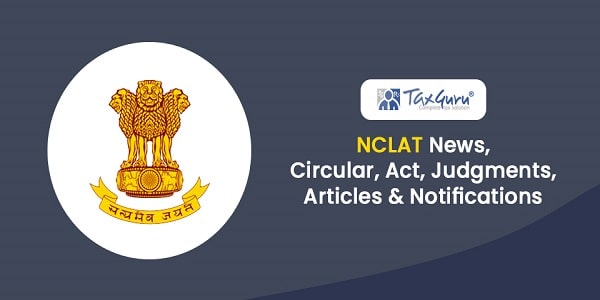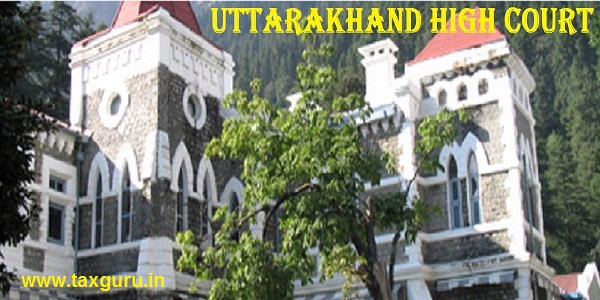ELSS (Equity Linked Savings Schemes) Scheme Of Mutual Funds Is Best Choice For Tax Planning under Section 80C of Income Tax Act, 1961.
Investors can save up to Rs 1.5 Lakhs in eligible schemes for deduction under Section 80C of the Income Tax Act 1961. There are broadly two types of tax savings schemes – risk free or low risk schemes that is known as traditional scheme and 2nd are those market driven schemes. The risk free or low risk schemes are PPF, NSC, 5 year tax saving Fixed Deposits (offered by banks and post office), life insurance plans such as endowment plans, money back plan, Senior Citizens Savings Schemes etc. In the traditional scheme capital is normally insured or guaranteed and in some cases interest rates changes from time to time over the investment tenure.
The market linked schemes under Section 80C are ELSS and ULIP (Unit Linked Insurance Plans). These schemes invest their corpus in the capital market securities and therefore, they are subject to market risks.
Hence, there are two types of scheme in the market :
(1) Traditional Scheme ( low risk or risk free ) scheme
(2) Market driven scheme which have inherent risk of market fluctuation .
Why ELSS
If you are willing to take risks and are prepared to remain invested even beyond the lock-in period, then ELSS is the best tax saving investment as shown in the past period. ELSS enjoys three big advantages compared to other tax saving investments.
(i) Best return (higher than the return on traditional investment)
(ii) Tax efficient
(iii) Easy Liquidity (Low duration investment as compared with traditional )
Best Returns
Historical data shows that, equity is best performing asset class in the long term. In the last 20 years, the S&P BSE – Sensex gave 11.7% compounded annual returns, while bank FDs gave average annualized returns of only 7% over the entire period. Many investors focus simply on tax savings and ignore the growth potential and tax implications on the maturity amount. The result is that, they get meager return. ELSS
Schemes, on the other hand, offer both tax advantage and wealth creation potential over a sufficiently long investment horizon say for 5 years.
The table below shows the post- tax yield of the various scheme under 80C over the last 5 years. (Invested Rs 150000 5 years back on 10.01.2015 for 5 years)
| Investment | Amount Invested | Current value | Annual Return % | Tax | Post Tax Yield |
| ELSS
(Scheme: Axis Long Term Fund –Growth ) |
150000 | 360000 | 19.40% | Nil * | 19.40% |
| PPF | 150000 | 230000 | 8.65% | Nil | 8.65% |
| FDR ( 5Yr ) | 150000 | 160000 | 7.6% | 31% | 7.70% |
| LIC endowment | 150000 | 200000 | 6.00% | Nil | 6.00% |
| NSC VIII issue | 150000 | 222000 | 8.2% | 31% | 7.70% |
*Sale of ELSS/Equity shares or Mutual fund on after 01.04.2019, grandfathering clause is applicable. Cost of purchase of ELSS will be computed as on 31.01.2019. Tax will be @ 10% only above Rs 100000 of capital gain. Therefore tax will be nil.
Taxation
PPF and LIC policies are fully exempt. NSC and FDR are taxable in the applicable tax bracket of the person concerned. Here in the table above it is assumed tax rate of @ 30% (plus cess of 4% which comes to 31.2% ). Equity/ Equity mutual fund / ELSS are taxable @ 10% of capital gain over and above of Rs 1,00,000. Meaning thereby that the profit on sale of ELSS/Equity scheme is exempted up to Rs 1,00,000 in a year and beyond that tax @ 10% is applicable. If you want to plan tax and to escape from total tax liability in this regard then sale of some units of ELSS may be deferred in the next year.
Liquidity
In case of FDR and NSC it is normally 5 years and for Insurance product it is normally 10/15 years. However, in case of ELSS tax saving mutual funds, it is 3 years only which is the shortest lock in period. After 3 years, you can withdraw your money as per your own requirements or remain invested if you want to higher capital appreciation.
Conclusion :
ELSS tax saving Scheme offer best wealth creation potential, offer good liquidity and tax efficiency too compared with other scheme available under 80C of ITAct .
Disclaimer: Investor should take decision of investment in consultation with his financial advisor. The views expressed herein are the personal opinion of the author.




























